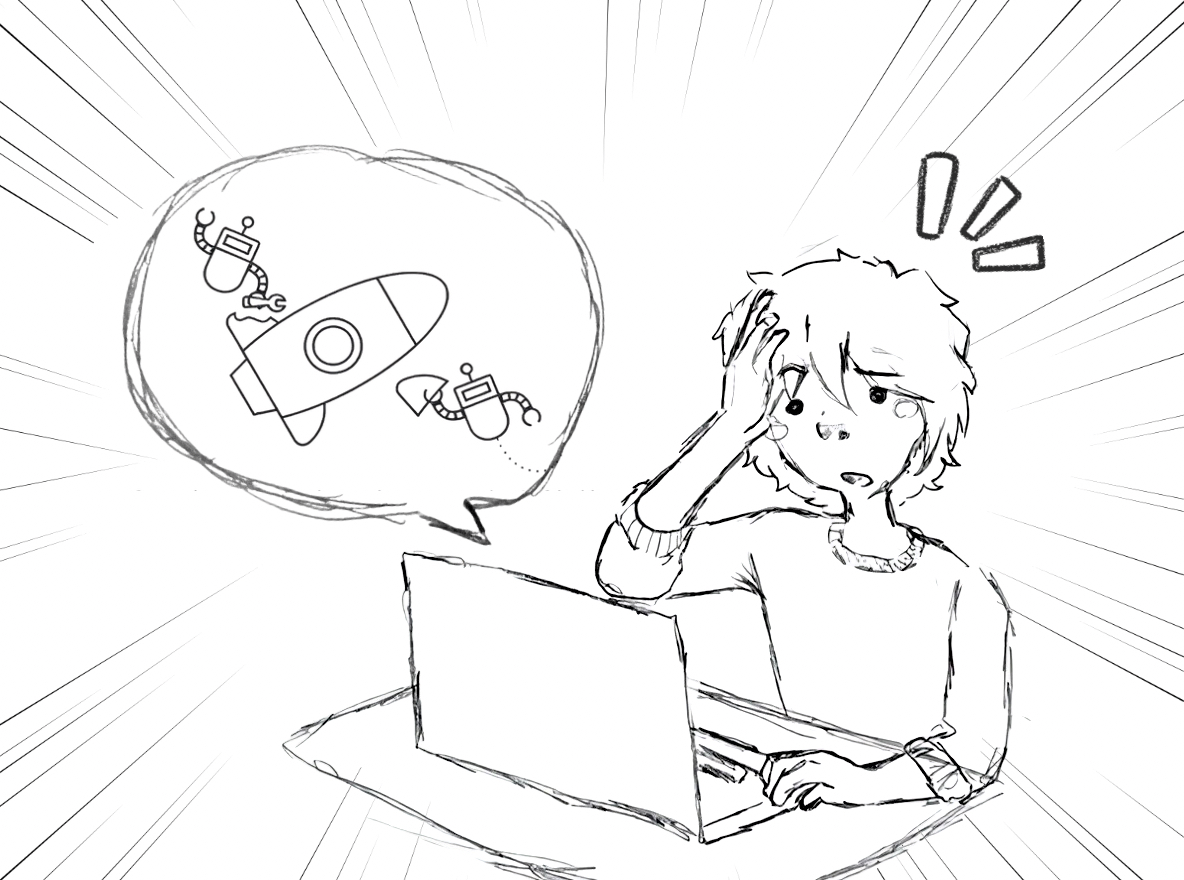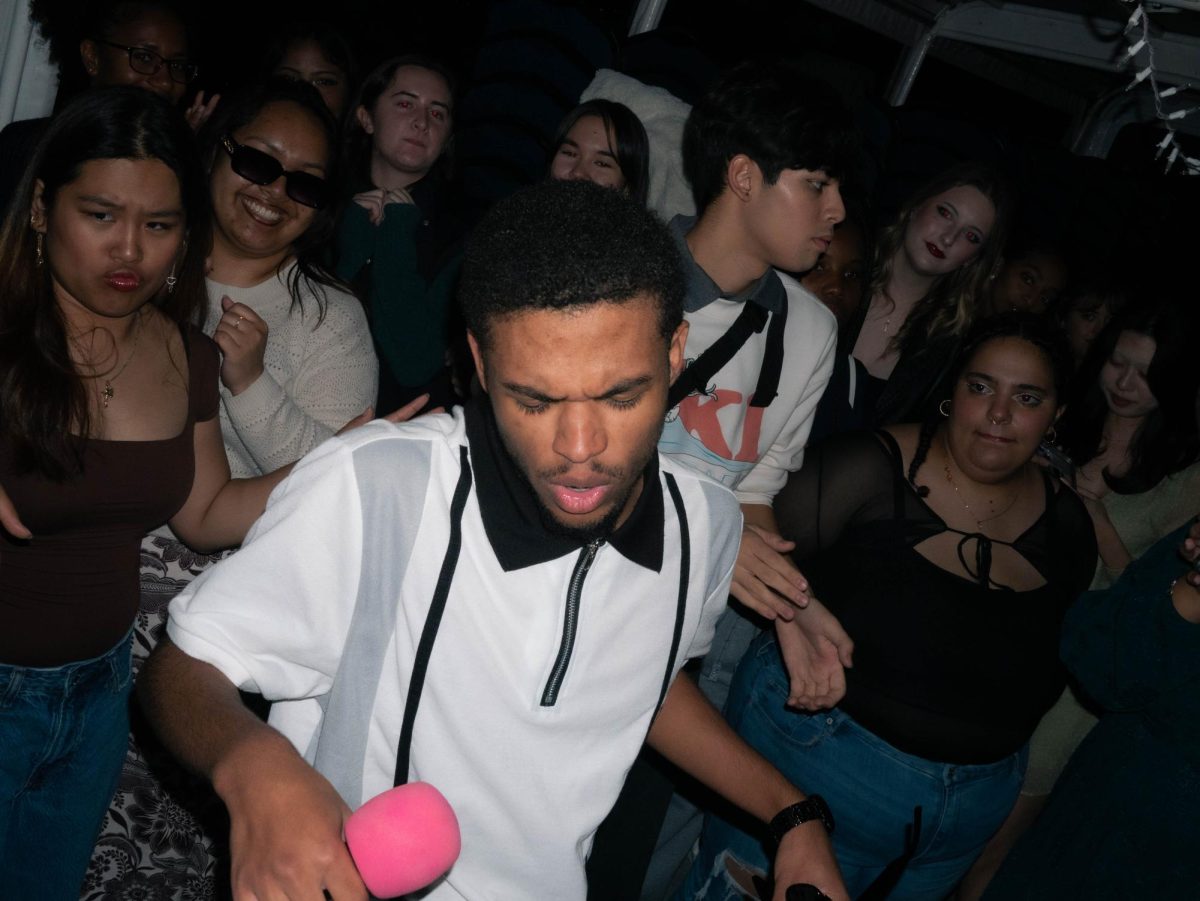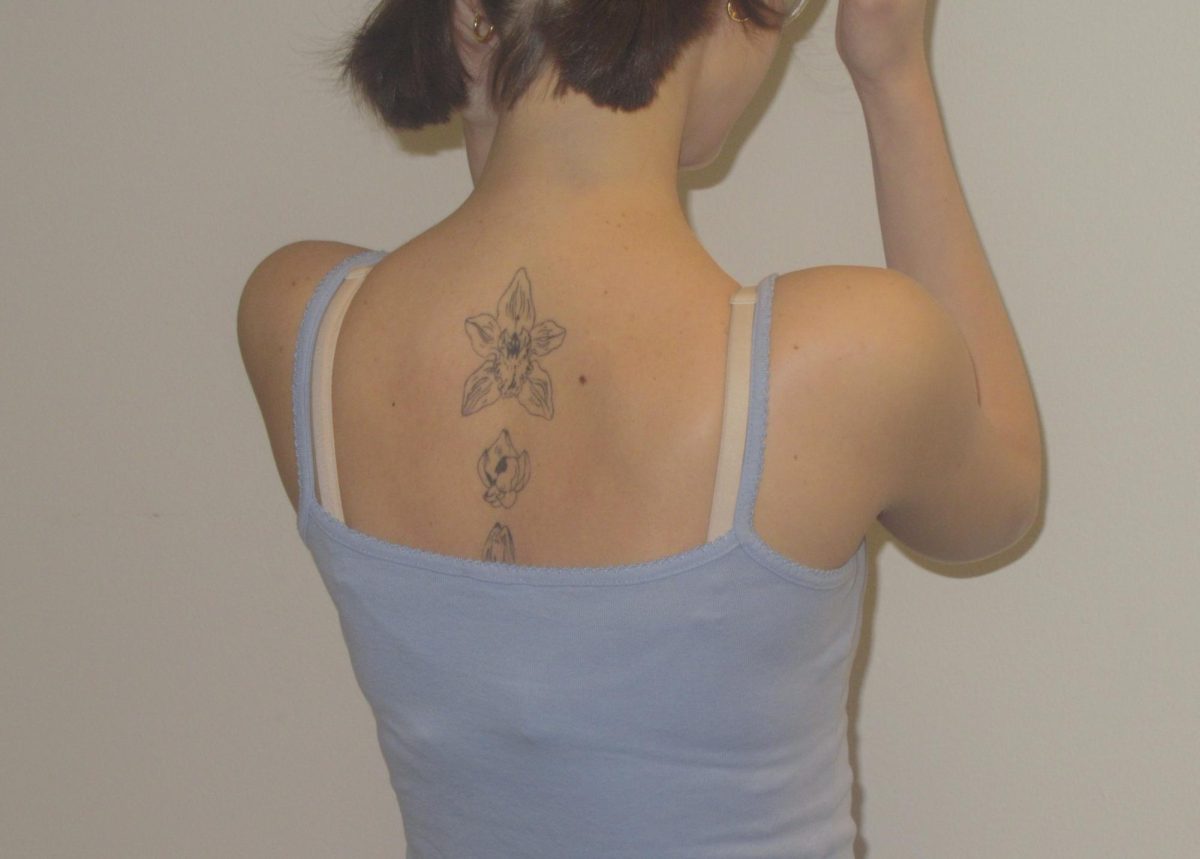Serious accusations against one of hip-hop’s most prominent characters, Sean “P Diddy” Combs, have shaken the music industry in recent weeks. There has been much debate over the accusations, ranging from sexual impropriety to abusive behavior, as well as the wider ramifications for how we interact with art. The question of whether or not we should separate the art from the artist is discussed as reviewers and fans alike reconsider their support for the musician.
Numerous publications such as Rolling Stone include alarming testimonies from women who allege they experienced abuse at the hands of Combs, who has faced immediate consequences as these statements gather traction. Social media has turned into a battlefield for public opinion while collaborations with other musicians are being closely examined.
This scandal illustrates the complexity of the entertainment sector as a setting where performers are frequently regarded as icons. The difficulty of balancing an artist’s behavior with their creative legacy is highlighted by the scrutiny Combs has been facing.
The Debate: Separating Art from Artist
There has long been a discussion surrounding the idea of separating the artist from the art. Advocates contend that the worth of an artist’s work should not be diminished by a consumer’s evaluation of their morality. However, as viewers consider extreme cases involving abuse and human trafficking, this viewpoint is often disregarded. Art is not made in a vacuum; it frequently reflects the creator’s ideals. Given the accusations against him, Combs’s music takes on a new meaning. Lyrics such as “See, we date ’em like we hate ’em, see ’em like we don’t need ’em Treat ’em like we beat ’em, and never give up freedom,” from a 1997 Notorious B.I.G. track featuring Diddy, has been suggested by former fans to be all too telling.
Artists have a great deal of power in frequently shaping social norms. It sends a disturbing message when viewers continue to applaud celebrities like Diddy without challenging their behavior. Recently the public has almost unanimously agreed on this. This change is indicative of a larger cultural awakening in which conversations about power relations—and holding those with power accountable—are becoming more commonplace. The entertainment business must embrace a future where morality is a top priority as fans push for change.
What about the less extreme cases? For example, pop icon Ariana Grande has faced allegations of “homewrecking” in the past. Incomparable to abuse, it is necessary to approach cases like this with a nuanced comprehension of what you are consuming, how you are monetarily supporting the artist, and if you are indirectly supporting their actions that you disagree with. Audiences are prompted to face difficult realities about the artists they adore. A deeper understanding of the artist’s moral priorities might result in seeing their work as intertwined with them, rather than as a separate entity.
In a fast-evolving industry, the P. Diddy controversy represents a turning point that is forcing audiences to reconsider the correlation between art and artist. Separating the two could provide momentary solace, but it also runs the risk of undermining the moral principles that ought to guide our interactions with art.














































































